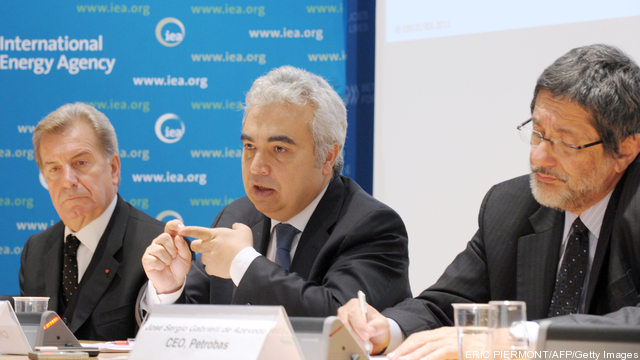 The United Nations identified needed developments to eliminate the worst of world poverty in a program called the Millennium Development Goals. The key is to foster conditions for market-driven economic growth to create a safe infrastructure that includes the people most in need as empowered participants, not mere recipients of a handout. Success would eliminate current ineffectual foreign aid programs and uncoordinated charitable aid in favor of growth by-and for-the people.
The United Nations identified needed developments to eliminate the worst of world poverty in a program called the Millennium Development Goals. The key is to foster conditions for market-driven economic growth to create a safe infrastructure that includes the people most in need as empowered participants, not mere recipients of a handout. Success would eliminate current ineffectual foreign aid programs and uncoordinated charitable aid in favor of growth by-and for-the people.
In response, the IEEE (Institute of Electrical and Electronic Engineers) established a pilot program which identified Reliable Electricity as one of the key enablers of economic growth, especially in areas of the globe containing nearly 2 billion people subsisting on incomes of less than $2US per day. The correlation of poverty with lack of electricity is obvious, but solutions that truly effect sustaining economic change are not. Fortunately, we have learned that a small amount of electricity can have a huge benefit at an affordable cost. Moreover, the technology already exists to create a sustainable business model that, in principle, can grow rapidly to reach millions of people. Keep reading →

 The United Nations identified needed developments to eliminate the worst of world poverty in a program called the Millennium Development Goals. The key is to foster conditions for market-driven economic growth to create a safe infrastructure that includes the people most in need as empowered participants, not mere recipients of a handout. Success would eliminate current ineffectual foreign aid programs and uncoordinated charitable aid in favor of growth by-and for-the people.
The United Nations identified needed developments to eliminate the worst of world poverty in a program called the Millennium Development Goals. The key is to foster conditions for market-driven economic growth to create a safe infrastructure that includes the people most in need as empowered participants, not mere recipients of a handout. Success would eliminate current ineffectual foreign aid programs and uncoordinated charitable aid in favor of growth by-and for-the people.





